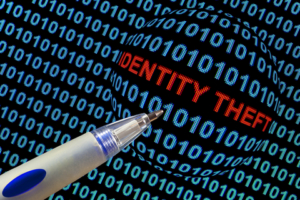| Online: | |
| Visits: | |
| Stories: |

| Story Views | |
| Now: | |
| Last Hour: | |
| Last 24 Hours: | |
| Total: | |
Identity thieves bombarding Call Centers
One out of 2,900 seems very small, but when there’s a total of 105 million…then this percentage stacks up in the end. It represents the frequency of calls from fraudsters made to call centers in an attempt to get customer account details so they could steal.
 Many times these crooks will succeed by conning phone operators into altering personal details. The thieves will then commit ID theft, gaining access to customer information and even changing customer contact information so that the victims cannot receive alerts.
Many times these crooks will succeed by conning phone operators into altering personal details. The thieves will then commit ID theft, gaining access to customer information and even changing customer contact information so that the victims cannot receive alerts.
These clever cons spoofed their phone numbers to avoid detection, and used software to alter their voices, even the gender sound.
Research into the 105 million calls also unveiled that the fraudsters keyed in stolen Social Security numbers in succession until they got a bull’s-eye: a valid entry for an unnamed bank. They then tricked the victim into revealing personal data.
One expert says that if contact phone channels were monitored, this could predict criminal behavior two weeks prior to actual attacks. Many companies also believe that most attacks result from malware rather than social engineering: the tricking of victims into revealing sensitive data. The targets include the staff of the call centers, who are often conned into allowing these smooth-talking worms to get under any door.
When businesses focus on the theory that most of these problems are from malicious software, this opens up a huge door for the fraudsters to swagger their way in.
The crooks’ job is made even easier when companies assign fraud detection to a department that fails to effectively communicate with other departments.
Consumers would be smart to check in with various credit card and bank accounts “posing” as themselves to see just how easy or difficult it might be to gain access with what kind of “easy to guess” or ”easily found on social” information/questions that may be used to authenticate the caller. Then change those “out of wallet” or “knowledge based questions”
Robert Siciliano is an identity theft expert to BestIDTheftCompanys.com discussing identity theft prevention. For Roberts FREE ebook text- SECURE Your@emailaddress -to 411247. Disclosures.
Source:



